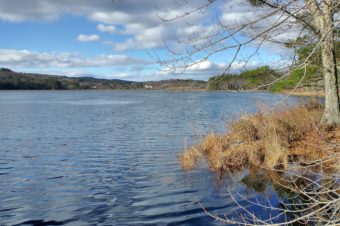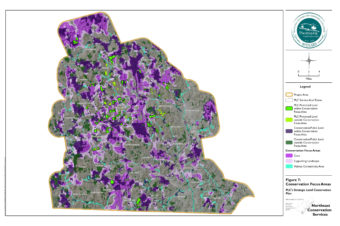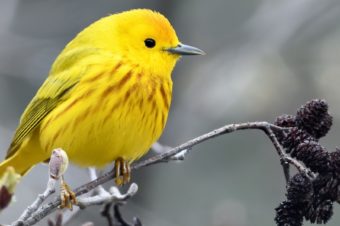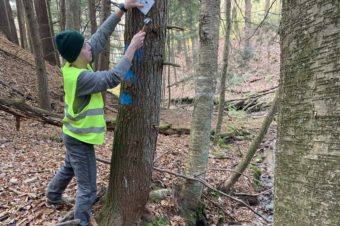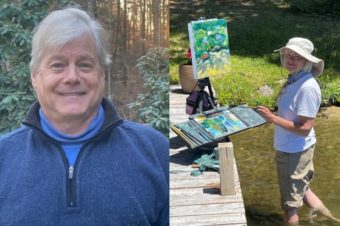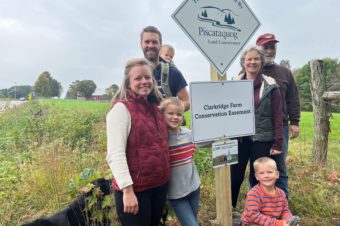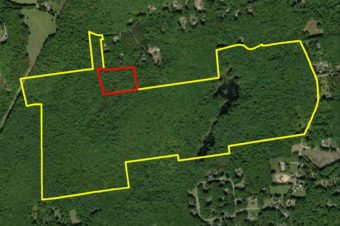Migratory Bird Survey Helps Inform Stewardship Plans



Photography by Mike Thomas
Birds are in trouble. A 2019 study of bird populations in the United States and Canada by the Cornell Lab of Ornithology found a net population loss of close to three billion birds since 1970. One of the greatest threats to migratory birds is degradation and fragmentation of the habitat they use for breeding and nesting, and preserving these places and managing conservation lands with an eye to their needs are ways we can help.
A case in point is PLC’s 267-acre Nissitissit Headwaters Preserve in Mason, which we acquired in 2020. The property features a mosaic of actively-managed forest, wetlands, vernal pools, a sizable pond, and thousands of feet of perennial and intermittent streams. It also has a network of logging trails, many already reverting to brush, that could form the backbone of a recreational trail system. As new landowners with a long-time horizon, the land presents PLC with opportunities — and choices to make.
Not long after PLC acquired the land in Mason, we were approached by local bird enthusiast Gail Coffey. She asked permission to conduct a bird research project on the property, a requirement for completing her Birding Certificate Program with Massachusetts Audubon. Coffey first developed her interest in birding from an introductory class at Beaver Brook Association in Hollis and has been birding in our region for almost thirty years. So, when she asked, we enthusiastically said yes.
Once a month from November 2020-October 2021 Gail monitored five sites for a minimum of fifteen minutes each, identifying birds by visual observation and vocalization. The sites were chosen to represent the land’s different habitat types: pond-wetland system, field and shrubland, forest and vernal pool, early successional forest, and pond-shrubland-forest edge. Over the fourteen-month period, 68 different species were observed, with the most observations occurring in May of each year – the peak of spring migration.
“I really enjoyed conducting the bird survey on the Nissitissit Headwaters Preserve,” says Coffey. “I could see the habitat dependence and preferences of many bird species. Eastern Kingbirds and Common Yellowthroats were around the pond and Chestnut-sided Warblers and Eastern Towhees were in the shrubland areas. In the forested areas, I identified Scarlet Tanagers and Black-throated Blue Warblers. It was quite exciting to see the diversity of birds in these different habitats.”
Based on the results of her survey work, she recognized the importance of protecting the Preserve’s sensitive breeding and migratory bird habitat from human disturbance. In particular, Eastern Towhees and Prairie Warblers are dependent on “early successional” shrubland and old field habitats. The Towhees nest on the ground and Prairie Warblers nest a few feet off the ground in shrubs or trees. Perpetuating shrubland habitat on the Nissitissit property will specifically benefit these two species, both of which are “of conservation concern” — naturalist-speak for they’re in trouble. Maintaining this habitat type will also benefit the more common Chestnut-sided Warblers, Indigo Buntings, and Gray Catbirds.
“From a stewardship perspective, this information is invaluable,” says PLC’s Stewardship Coordinator Dan Ewald. “We already knew that the Headwaters property was ecologically special, and now thanks to Gail’s work we have detailed habitat data to inform trail-building and forest management decisions. We have already used her data to refine the route of a walking trail we are planning for the property.”
Check out one of our upcoming birding events:
